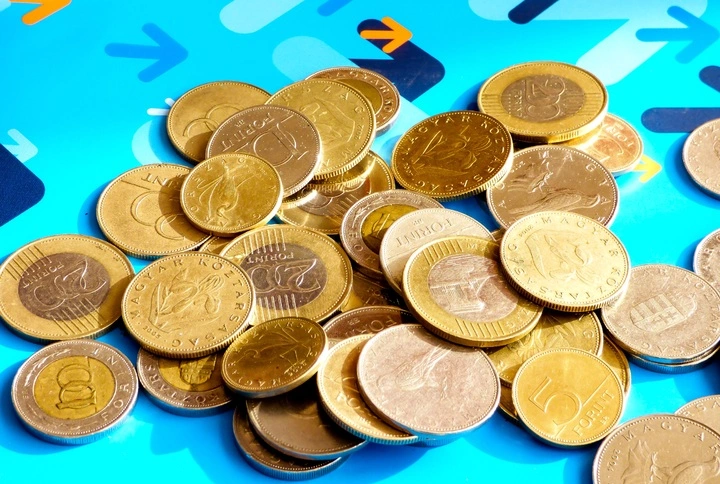forint
After months of weakening, Hungarian forint on positive trend – 370 EUR/HUF coming?

Good news: Forint broke four-month record, fuel prices below psychological barrier

Real wages fell brutally: Big Mac index plummeting in Hungary

Hungary’s forint broke psychological barrier

Central bank’s surprising interest rate decision: forint falls

Forint in focus today: Interest rate decision on the table

Government positive about receiving EU euro billions but forint still weakens

Ferenc Deák commemorative coins released in Hungary

Hungarian forint struggles against EUR 400 exchange rate

Depressing: Hungarian forint loser of the past decade

New forint coins are poised to be introduced, featuring Nobel-prize laureates Karikó and Krausz

What does the future hold for the forint? 300/EUR or 400/EUR zone?

Good news from Hungary’s roads: drastic fuel price fall, number of accidents decrease

Forint in shambles: 400 HUF/EUR may be on the cards

PHOTO: New forint coin with truly unique motif coming today!

Continuous weakening: Forint cannot be saved by EU funds news

Vulnerability: forint faces tough months ahead

Attention! New forint coin introduced today – PHOTO






